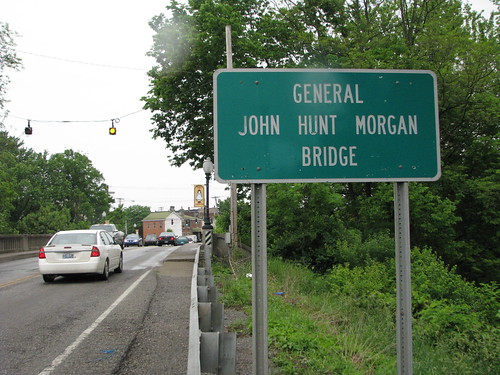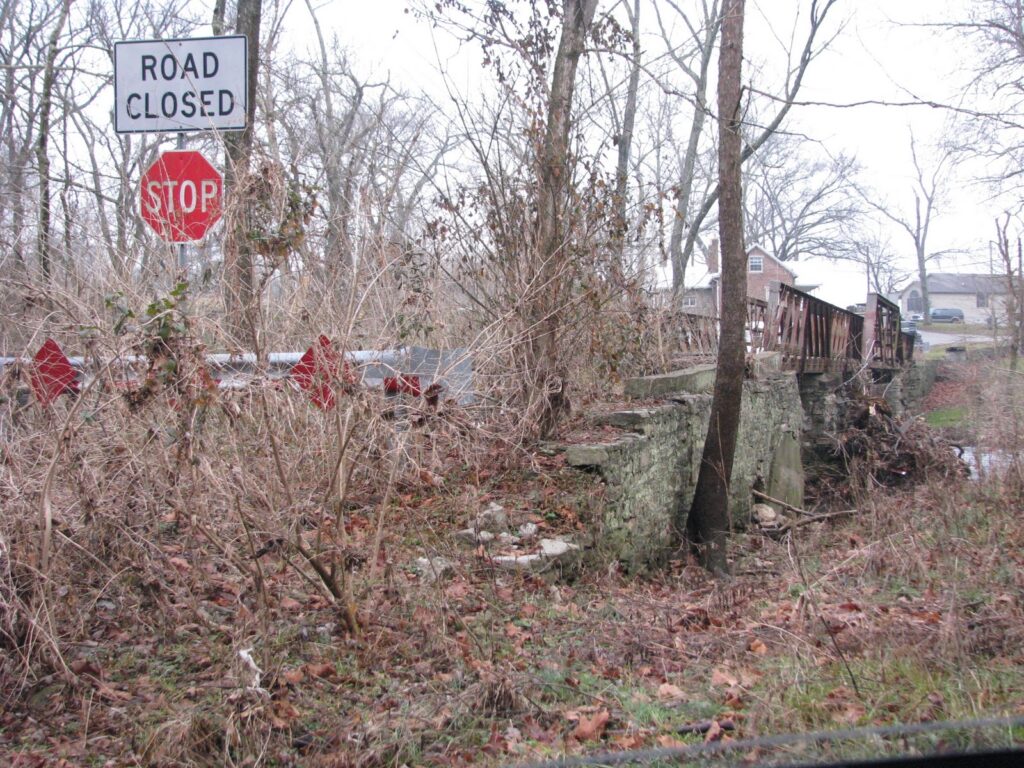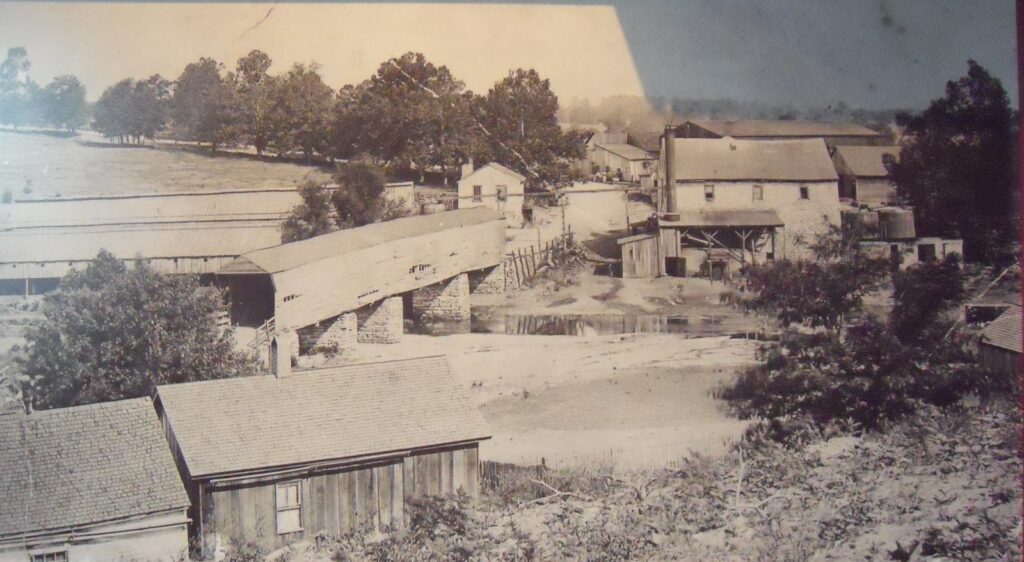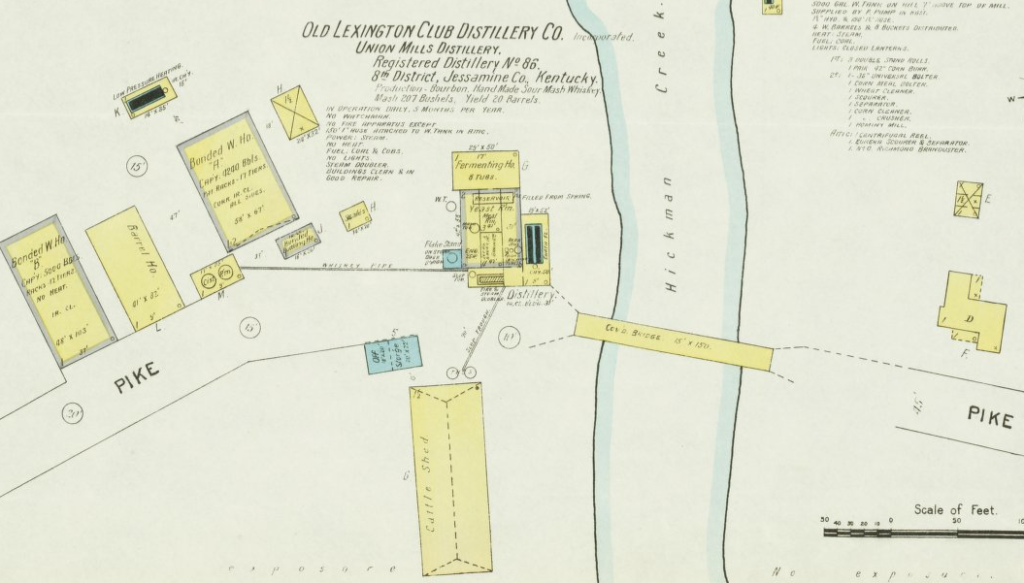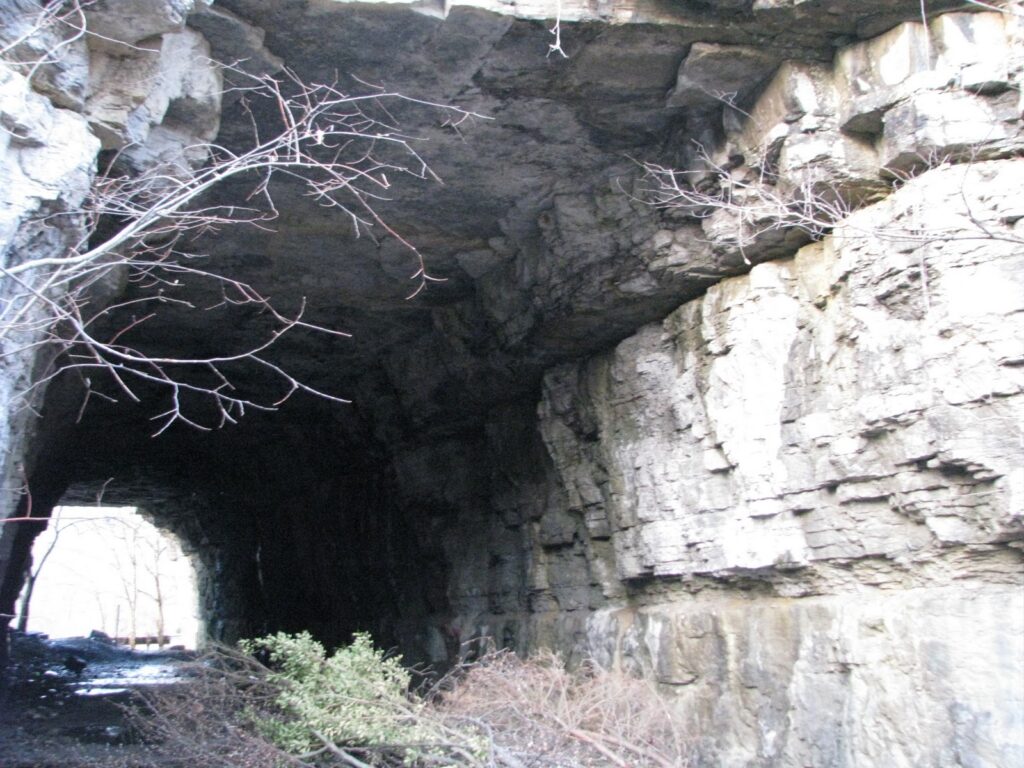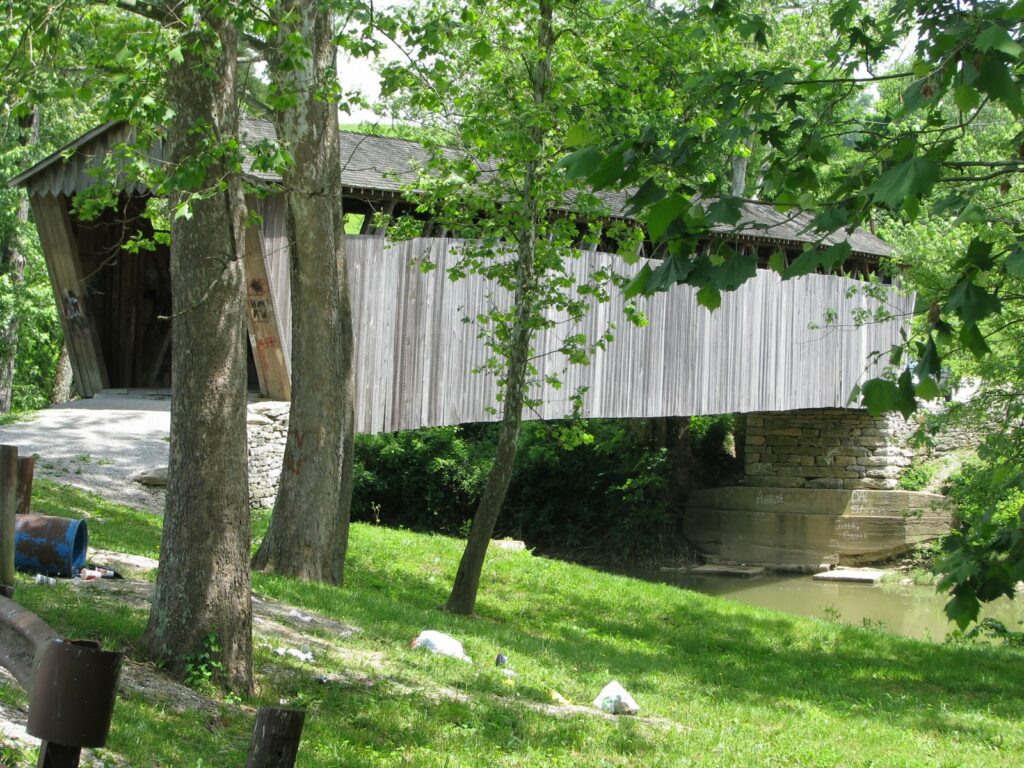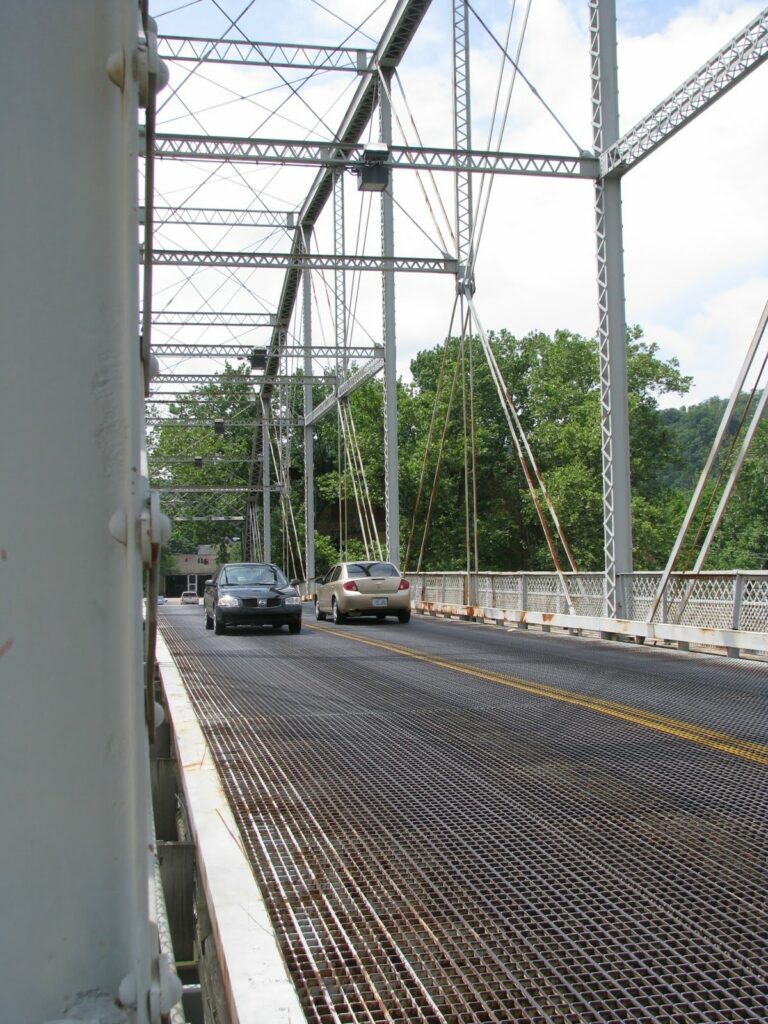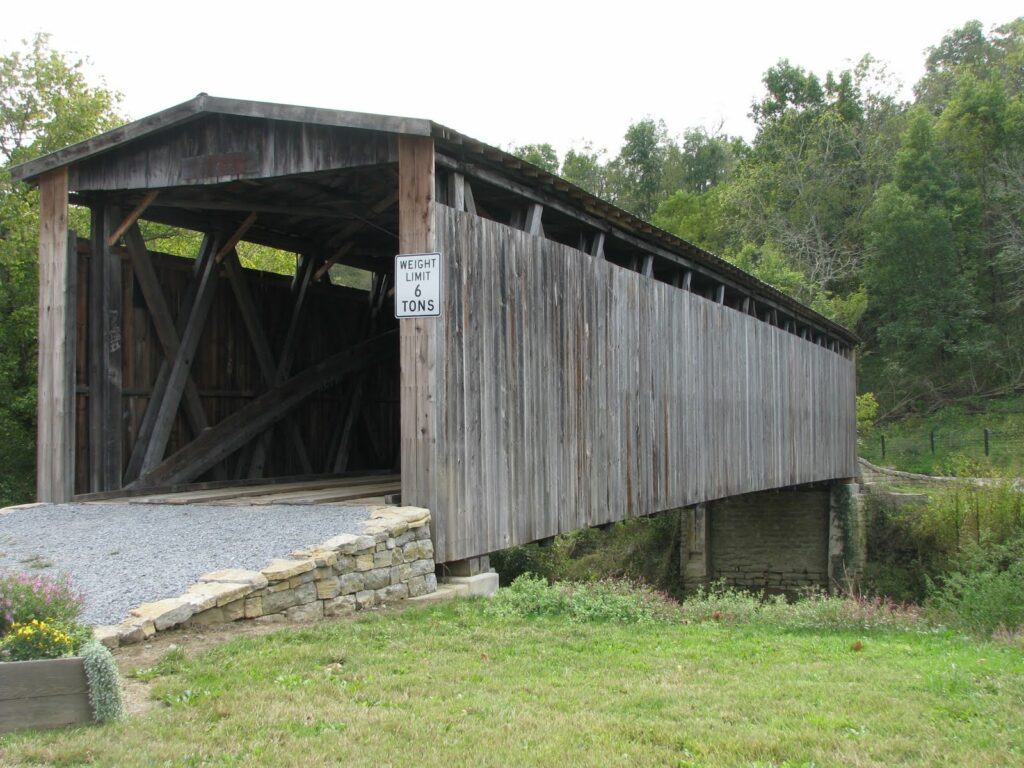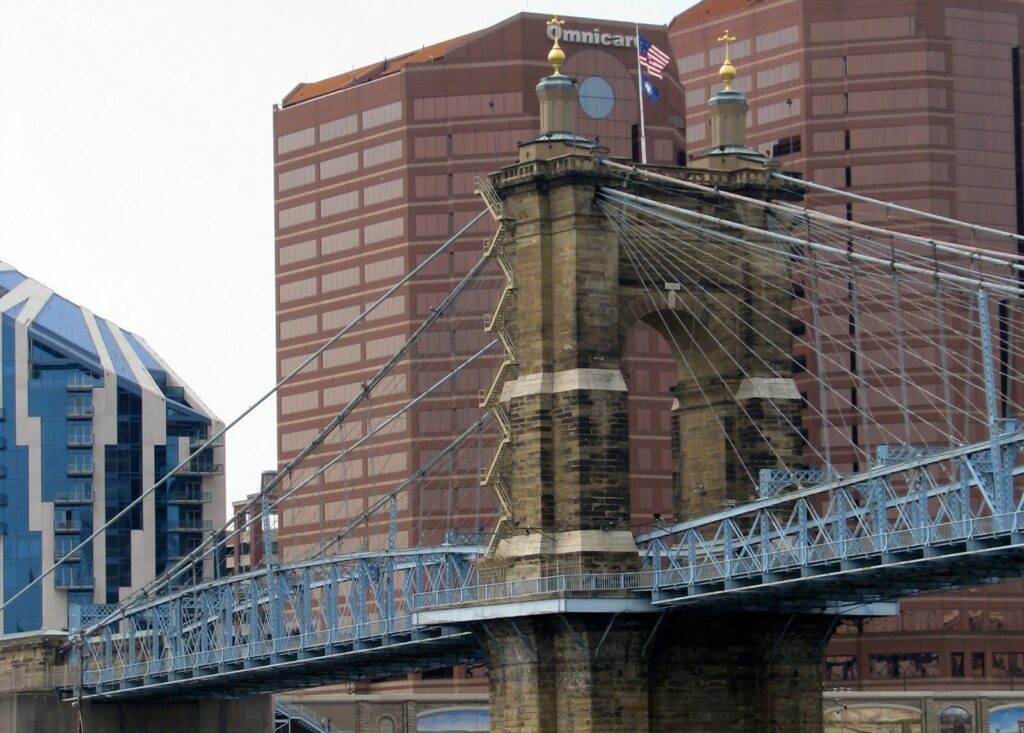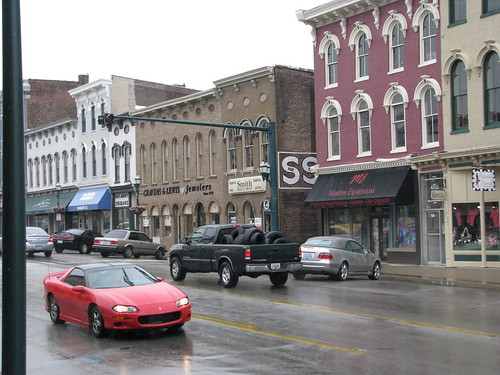 |
| Downtown Georgetown, Kentucky |
I’ve already mentioned a number of locations in and around Georgetown – the College, the Japanese Garden, Ward Hall – but I haven’t discussed Georgetown itself. Originally named Lebanon, the town was renamed after George Washington in 1790 (present day Lebanon, Ky. wasn’t named until 1815).
Although founded by Rev. Elijah Craig and his fellow Baptists, its modern history goes back a little further. In 1774, John Floyd led the first whites into the area during a surveying expedition. Floyd and his men discovered the Royal Spring (which was Georgetown’s primary water source for years). Although Floyd claimed the surrounding 1,000 acres, he never settled the land. John McClelland began establishing a fort in April 1775, but the site was abandoned after an Indian attack in 1776. The white man did not return until Elijah Craig came in 1782.
The community remained a sleepy neighbor to nearby Lexington for many years. Georgetown, however, grew drastically when Toyota located its North American manufacturing facility here. Most notably, all Toyota Camry’s are manufactured in Georgetown. The town is also the home of the Cincinnati Bengals’ summer training camp.
Pictured is the downtown business district, called the Oxford Historic District. It is known for its beautiful examples of late Victorian and Greek Revival architecture. Check out all of my pictures of Georgetown on flickr.

